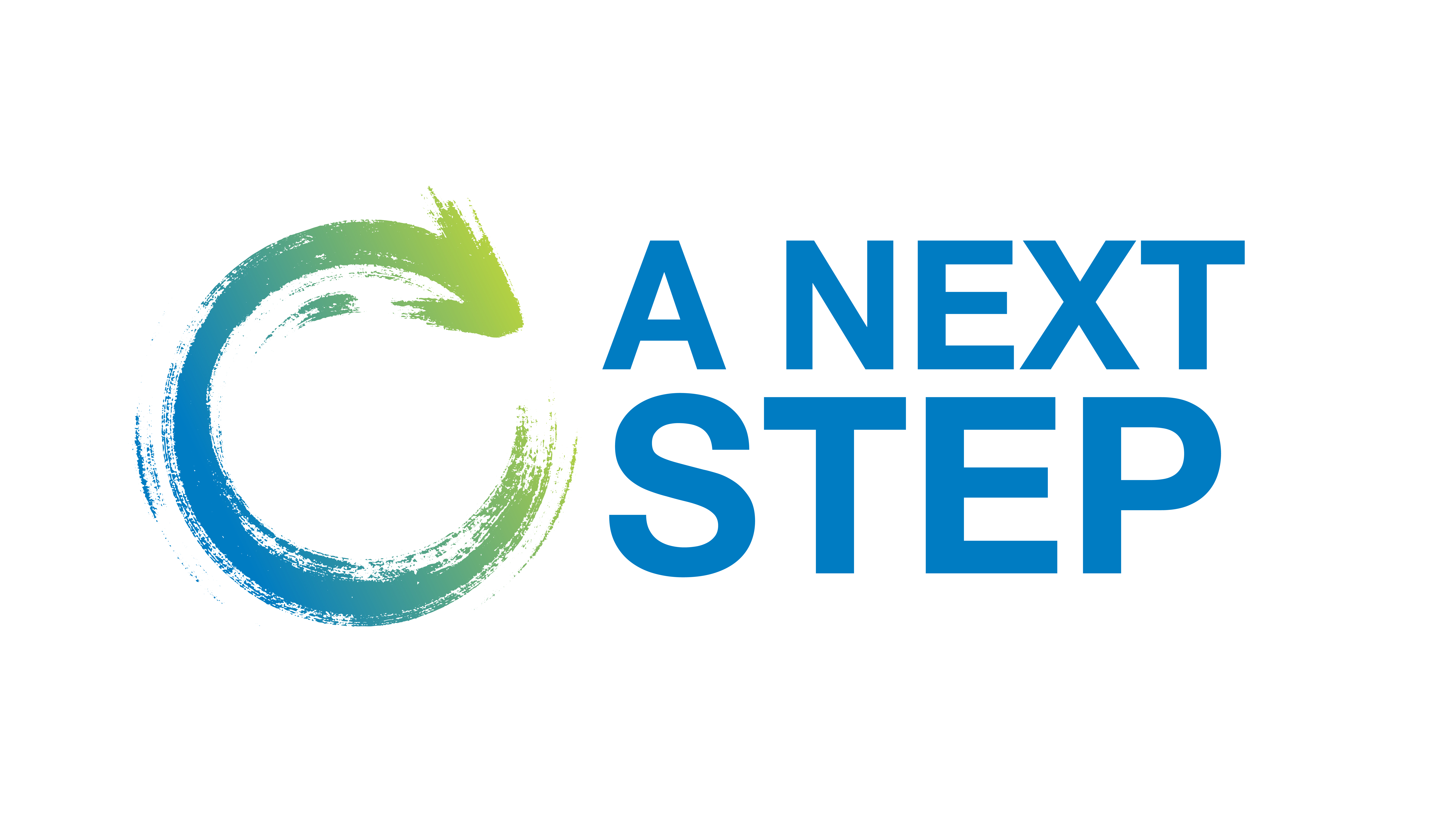Given that co-location with used fuel garners the same level of support as a Deep Geological Repository in a separate location, what do you think should be considered in selecting an option, provided that there is consent from the potential host communities?
By continuing to browse this site you permit us and our partners to place identification cookies on your browser and agree to our use of cookies. Review our Cookies Policy for details.
X

Comments
Key Requirement for Best Waste Management Strategy
BlairPBromley• Any Strategy for Radioactive Waste in Canada should make provisions and allowances for reprocessing and recycling to extract all the heavy elements and actinides (isotopes of Th, Pa, U, Np, Pu, Am, etc.) found in spent nuclear fuel or partially reprocessed nuclear fuel and targets, for subsequent recycling and reuse as new fuel for different reactor technologies (SMRs, Gen-IV, and Gen-III/Gen-III+ reactors).
• Thus, if any spent nuclear fuel is placed in a deep geological repository (DGR), then at the very least, it should be made to be easily retrievable.
• Ideally, all heavy elements / actinides found in spent fuel should be extracted and recycled for transmutation and destruction.
• Placing actinides in a Deep Bore Hole or DGR is not the best long-term strategy.
• However, placing fission products in Deep Bore Holes and/or a DGR is a reasonable strategy.
• However, provisions should also be made for extracting long-lived fission products (LLFPs) and long-lived activation products (LLAPs) for isolation and potential destruction/transmutation in targets placed in different reactor technologies, or using accelerator-based neutron sources.
• Ultimately, the only radioactive items that should be placed in Deep Bore Holes or a DGR are intermediate-life fission products and activation products (ILFPs / ILAPs) that have a half life of less than 100 years. Within 10 half lifes (~1000 years), then most of these ILFPs/ILAPs will have decayed by 3 or more orders of magnitude, with a radiotoxicity that is far below that of natural uranium ore.
• By implementing full recycling of actinides, and implementing partitioning and transmutation of LLFPs and LLAPs, it will enhance the protection of the public and the environment, and thus it will help build public confidence, assurance and support, and thus will improve public “buy-in” and and “social license” to continue using nuclear energy and radioactive sources.
Deep Geo Repository
TimSWe need these DGRs until technology can use the waste in such a way that it is forever taken care of. Example the waste just sitting around all these years is still at 140 F inside. Well this can be turned into low voltage energy. 20 years a go they could not make this viable but today this should not be an issue.
Central location at the source
AnonymousRegulatory management should be detailed, strict, inspected and monitored frequently. Must be at a properly designed central facility for anticipated expansion and beyond otherwise quality assurance is not feasible. Regulations need to be federally mandated and adequately funded to ensue the safety of the workers, public and the environment. A central location in Ontario is recommended. Keeping the waste as close to the source (Bruce) helps to mitigate spreading of risk to other regions. Transportation of waste is always risky. Both rail and hwy mobilization have proven to be unsafe to travelers and the communities they move through. Moving this waste across the province unnecessarily puts the environment and it’s receptors at greatest risk should something go wrong. With the amount of interconnected waterways the risk is not just at a local concern but a regional.
Co-location of ILW with Used Fuel is a Practical & Safe Approach
AdvocateThe recommendation to co-locate ILW with used fuel, and be managed under NWMO's current NFWA mandate is reasonable, safe and the most cost effective approach to manage ILW. A used fuel DGR (APM) is ideally suited to accommodate ILW with minimal impact to its safety case, environmental assessment and design. This is the best overall recommendation for the rate-payers of Canada. It's recognized however that such a recommendation may put at risk the support of the current two potential host and indigenous communities. Should ILW become the deciding deal-breaker for either location under consideration, the ILW may then have to be sited in a stand-alone DGR. If that's the case, consideration should then be given to once again co-locating ILW with LLW in a deep repository managed by NWMO for all waste generators. This would unburden the LLW near-surface siting process.